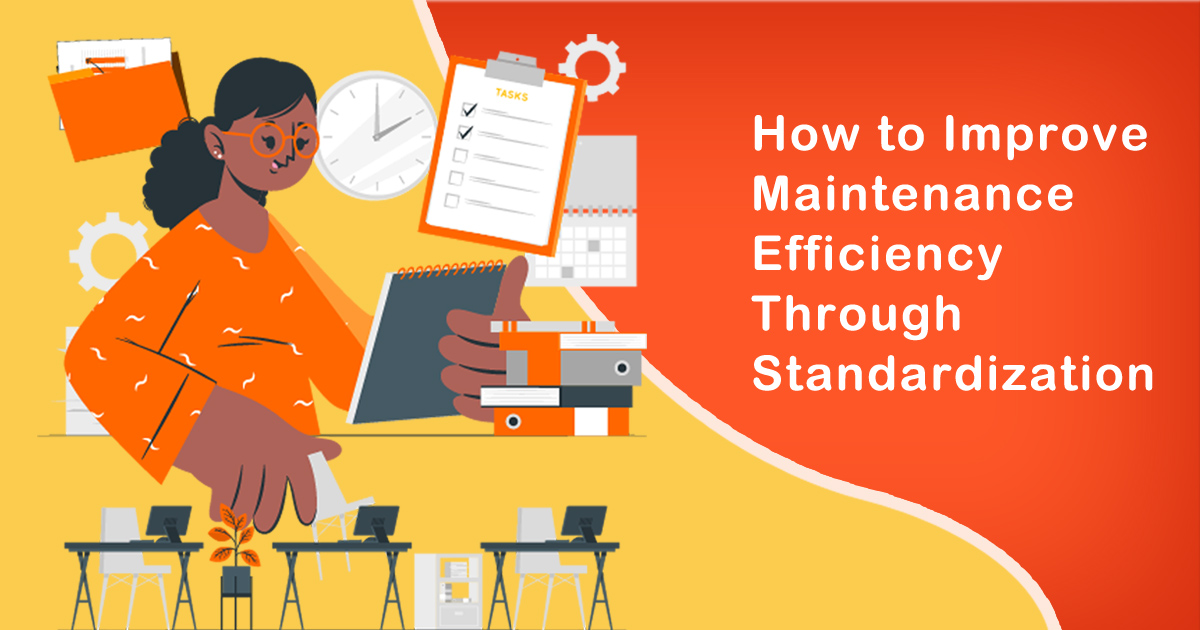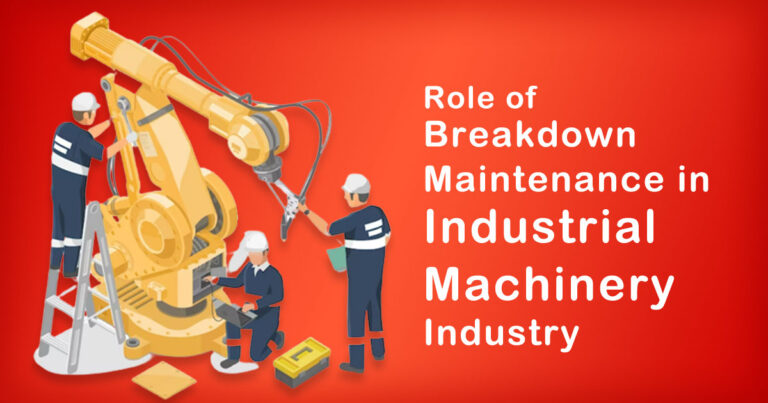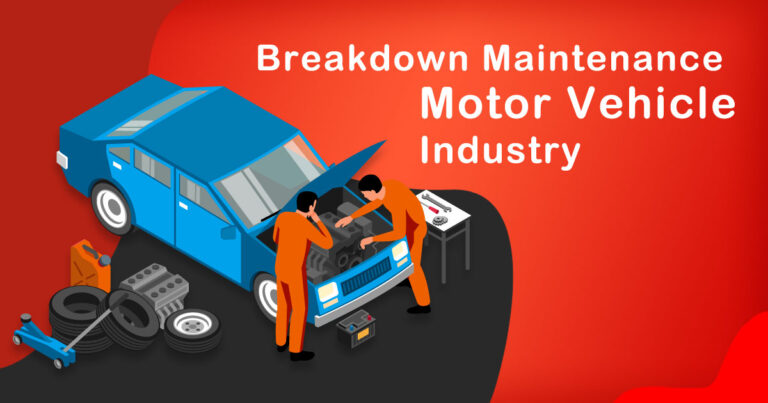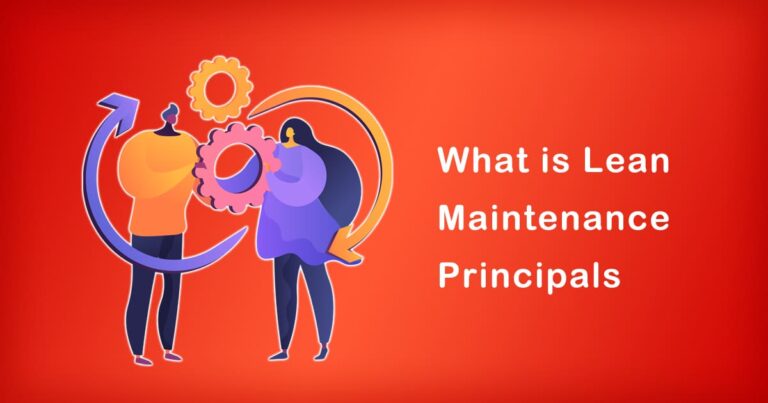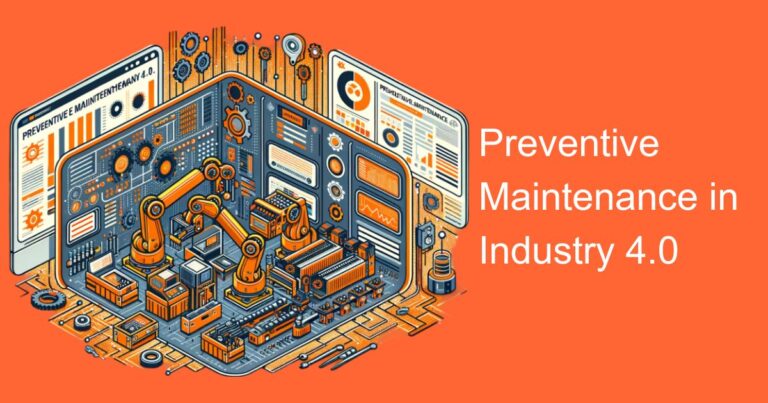Maintenance efficiency is essential for any organization as it can significantly impact productivity and overall profitability. Maintenance processes must be standardized to improve efficiency, reduce downtime, and extend the lifespan of assets. In an Indian context, where the manufacturing industry is booming, the need for maintenance standardization is becoming increasingly crucial. In this blog, we will discuss how standardization can improve maintenance efficiency and highlight some research and facts to support our argument.
What is Maintenance Standardization?
Maintenance standardization is the process of developing a set of standard procedures, tools, and practices for maintenance activities. These standards are designed to ensure that maintenance is carried out consistently across an organization, regardless of the type of asset or location. Standardization can help organizations reduce costs, improve safety, and increase reliability by streamlining maintenance procedures.
The Benefits of Maintenance Standardization
- Increased Efficiency
Standardizing maintenance processes helps reduce the time and effort required to carry out maintenance tasks. It allows technicians to complete maintenance tasks faster and more accurately, reducing downtime and improving asset availability. According to a survey conducted by Plant Engineering, 50% of organizations reported that standardization led to an increase in maintenance efficiency.
- Improved Safety
Standardized maintenance processes help ensure that safety protocols are followed consistently, reducing the risk of accidents and injuries. Standardization also helps identify potential safety hazards, allowing organizations to proactively address them. According to a study by the European Agency for Safety and Health at Work, standardization led to a 38% reduction in accidents in the manufacturing industry.
- Cost Reduction
Standardization can help organizations reduce maintenance costs by optimizing maintenance schedules, reducing inventory levels, and improving asset utilization. According to a survey by the Aberdeen Group, organizations that standardized maintenance processes saw a 12% reduction in maintenance costs.
- Increased Reliability
Standardized maintenance processes help identify potential issues before they become major problems, allowing organizations to proactively address them. This can help improve asset reliability, reducing the frequency and duration of unplanned downtime. According to a study by the Society of Maintenance and Reliability Professionals, standardization led to a 15% improvement in equipment reliability.
How to Implement Maintenance Standardization
Implementing maintenance standardization involves the following steps:
- Identify areas of improvement: Conduct a thorough assessment of existing maintenance processes and identify areas where standardization can be implemented.
- Develop standards: Develop a set of standard procedures, tools, and practices for maintenance activities.
- Train employees: Train employees on the new standards to ensure that they understand and can implement them.
- Implement and monitor: Implement the new standards and monitor their effectiveness. Make adjustments as necessary to ensure that they continue to improve maintenance efficiency.
Conclusion
Standardization is essential for improving maintenance efficiency in the Indian manufacturing industry. It can help organizations reduce costs, improve safety, increase reliability, and streamline maintenance procedures. To implement maintenance standardization, organizations should identify areas of improvement, develop standards, train employees, and implement and monitor the new standards. By doing so, organizations can improve their maintenance efficiency, increase asset availability, and improve their bottom line.


